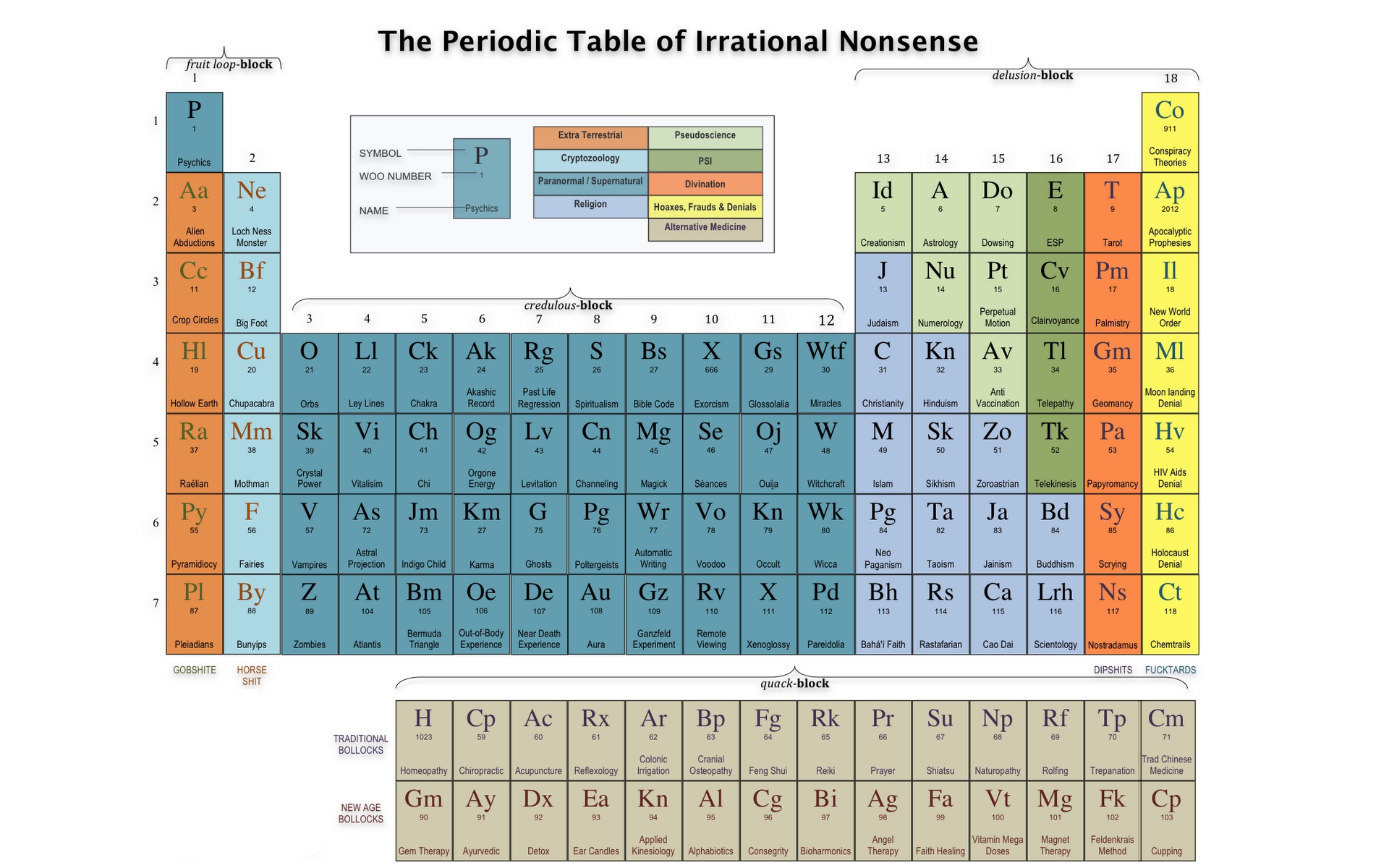

In quantum theory applied to the structure of atoms, any electron is identified by a set of four quantum numbers. The probability distributions of the electrons in atoms, the so-called “orbitals”, indicate the regions of space around the nucleus where the electrons are most likely to be found. In this context, it became evident that the chemical behavior of an element was driven by the ground-state electronic configuration, i.e., the distribution of electrons density in space. The advent of the new quantum mechanics in the mid-1920s and the application to electrons moving around the atomic nucleus made possible to describe the periodic table of the elements in terms of atomic structure. The ordering scheme proposed by Mendeleev and improved by Moseley gets a scientific foundation during the first decades of the twentieth century, when it was discovered that atomic nuclei consist of protons and neutrons and the quantum mechanical description of the atomic structure was put forward. Consequently, the chemical/physical properties of the elements came to be understood as periodic functions of the atomic number, and not of the atomic weight (Moseley 1913). Moseley (1887–1915) found the precise physical meaning of atomic number, Z, i.e., the number that represents the units of elementary electric charge in the atomic nucleus, therefore the number of electrons in the atom.
#High resolution periodic table of elements series#
It was only in 1913, from a series of experiments on X-ray diffraction on thirty-nine elements, from aluminum to gold, that the English physicist Henry G. Mendeleev (1834–1907) was based on the phenomelogical regularity of the chemical/physical properties exhibited by sixty-six elements known at the time, ordered in function of their atomic weights (Mendeleev 1869). The table of the elements released in 1869 by the Russian chemist Dimitri I.


 0 kommentar(er)
0 kommentar(er)
